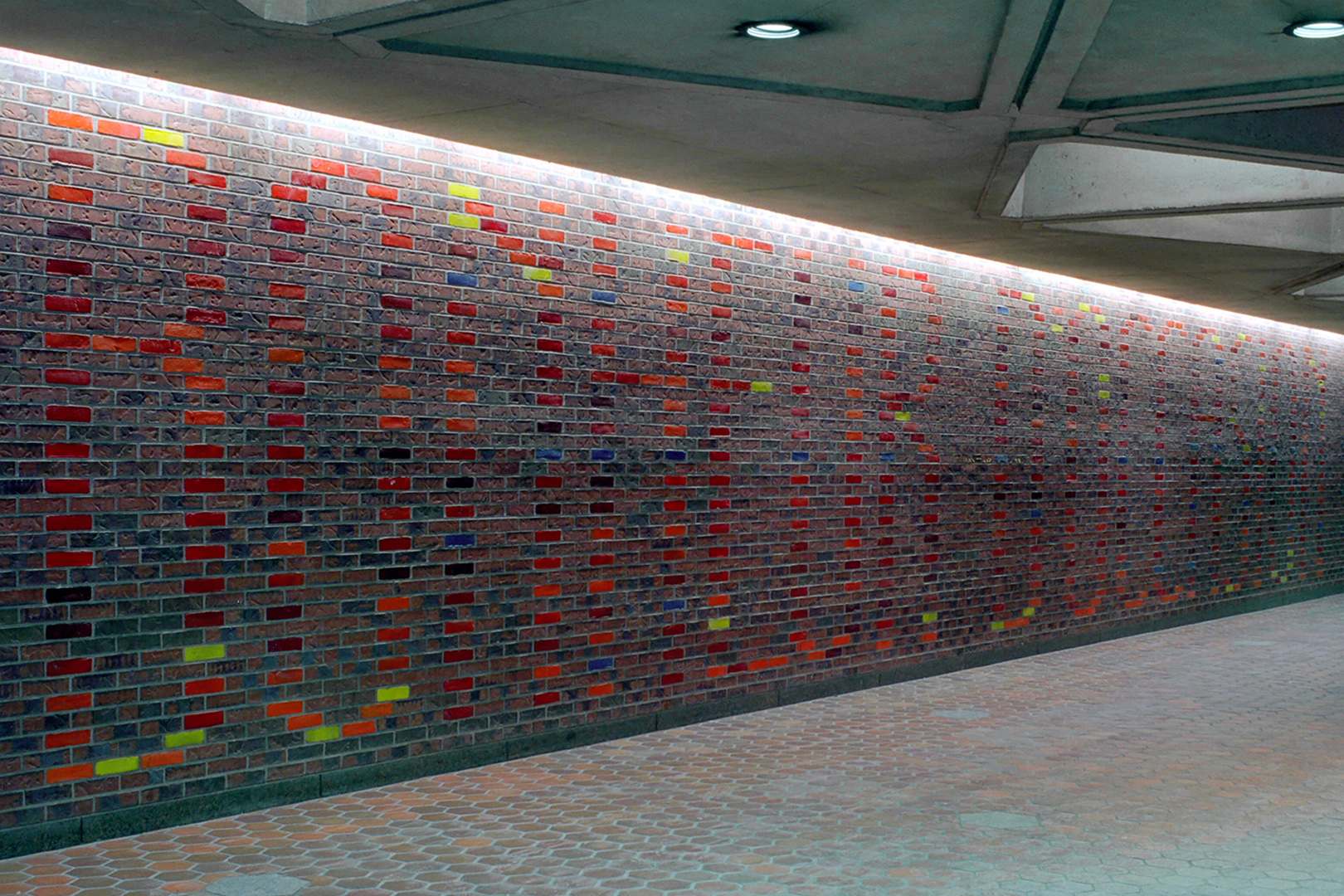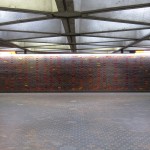
{"title":"Bonheur d'occasion | Art Public Montr\u00e9al","thisUrl":"https:\/\/artpublicmontreal.ca\/en\/oeuvre\/bonheur-doccasion\/","body_class":"wp-singular apm_artwork-template-default single single-apm_artwork postid-53161 wp-theme-apm_theme_wordpress apm lang-en apm-full-js nav-env-classic","query_hud":null,"active_filter":null,"alternate_language_url":"https:\/\/artpublicmontreal.ca\/oeuvre\/bonheur-doccasion\/","clear_filter_collection":0,"clear_filter_tour":"clear","data_attributes":{"data-view-type":"apm_artwork"},"filter_root_url":"\/collection\/","artworkNav":false,"mapMarkers":[{"id":53161,"slug":"bonheur-doccasion","title":"Bonheur d'occasion","permalink":"https:\/\/artpublicmontreal.ca\/en\/oeuvre\/bonheur-doccasion\/","year":"1980","loc":{"lat":"45.477033","long":"-73.58644290000001"},"artist_names":"<span>Julien<\/span> <strong>H\u00e9bert<\/strong>","thumb":"https:\/\/artpublicmontreal.ca\/wp-content\/uploads\/2015\/05\/Place-Saint-Henri_H\u00e9bert_1_MET-150x150.jpg","infoBox":false,"cat_color":"#e50f09","env":"indoor","singleArtwork":true}]}

Crédit photo :
Bonheur d’occasion
1980
Details
Category
Mural
Owner(s)
Société de transport de Montréal
Acquisition mode
Architectural integration
Materials
glazed brick
External link
Location

Location
Location
Station Place-Saint-Henri
Localization
Mezzanine
Accessibility
Access limited to métro opening hours; artwork is inside the turnstiles
Artwork description
The architect decorated the mezzanine of the station with a mural of coloured glazed bricks, reproducing the words Bonheur d’occasion. The reference is to Gabrielle Roy’s novel of the same title (The Tin Flute in English), describing working-class life in Saint-Henri in the 1940s.


